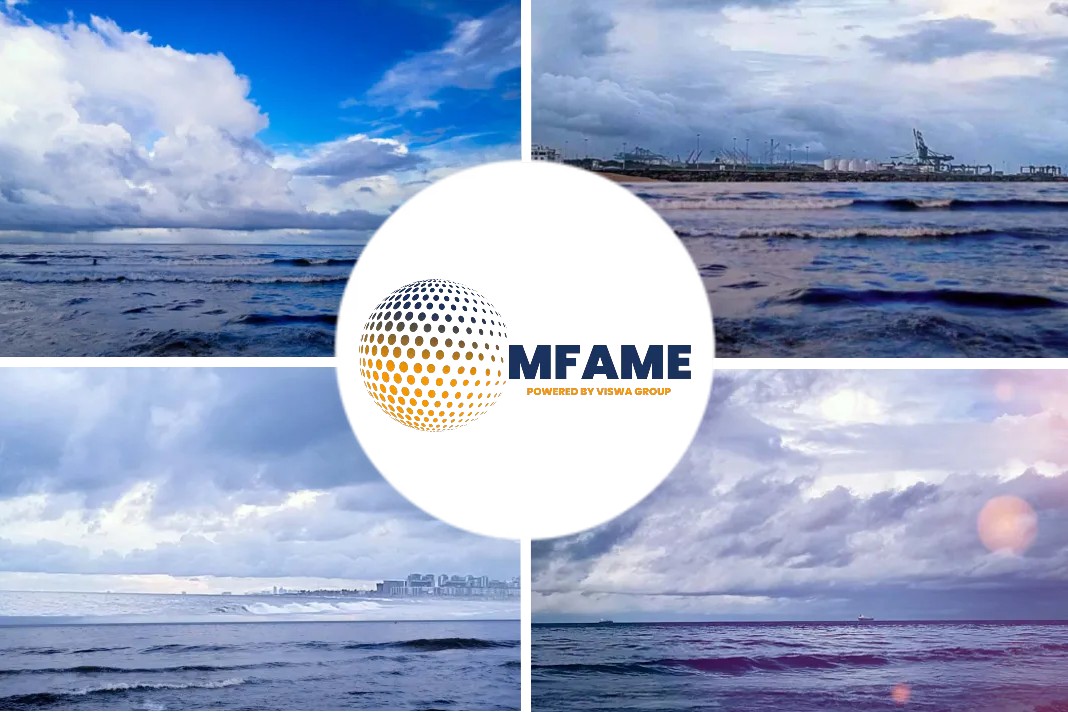Working in conjunction with the Maersk Mc-Kinney Moller Center for Zero Carbon Shipping
(MMMZCS), McKinsey has provided a framework, 104 pages in length, for evaluating potential corridors. According to its authors, the report, titled “Feasibility Phase Blueprint”- “provides an approach to designing and demonstrating the feasibility of green corridors”
Green corridors
It is intended to serve as a ready-to-use guide for any stakeholder involved in green corridors for decarbonising shipping and includes 80 plus off-the-shelf pages outlining methodology, analysis, and illustrative templates at each step of the value chain and across the ecosystem.” Importantly, the report is meant to be “a living document that will be refined over time as we collectively gain more knowledge and hands-on experience building green corridors.’
The presentation style is very much from the playbook of a high-end consultant which presumably will be hired to evaluate potential corridors defined here as “shipping routes on which there are commercially operating ships using exclusively alternative fuels”. It is full of checklists and graphic diagrams, including flow-charts, timelines, and Gantt charts, to guide “stakeholders” in their evaluation of potential trades.
Three types of corridors are defined, a “single point”, “point-to-point” (two ports), and a “network” (three, or more, ports). Evaluating the feasibility of a route involves prognostications on simultaneously determined variables too numerous to list. Broadly, major areas to be considered are alternative fuel supply chains, port and bunkering infrastructures, the vessel capability, and then the demand side of moving particular cargoes on the route. In the background of all this are regulatory frameworks for supporting all of the preceding variables.
The report is rich in examples of what micro portions of the analysis might look like, including excellent graphics showing estimates of cargo demand, going forward, on a particular corridor, along with estimates of how much alternative fuel might be available for vessels, and the “total cost of ownership” surrounding alternative fuel production.
Did you subscribe to our daily newsletter?
It’s Free! Click here to Subscribe!
Source: Indiashippingnews






















